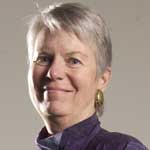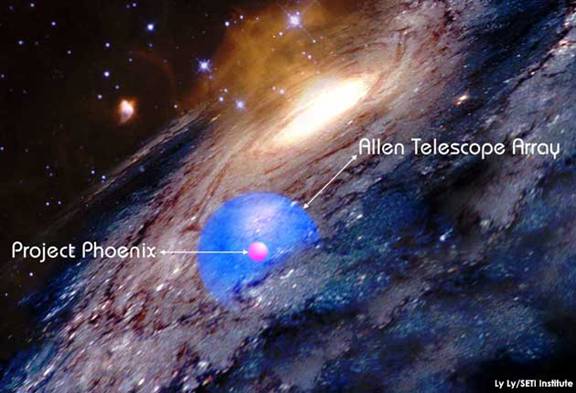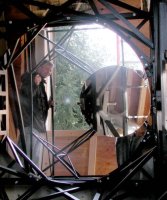(born May 28, 1930, Chicago, Illinois). He is an astronomer and Professor Emeritus of Astronomy and Astrophysics at the University of California, Santa Cruz where he also served as Dean of Natural Sciences (1984-88). He is most famous for holding the first SETI confrence and writing the Drake equation. He also served as President of the Astronomical Society of the Pacific and is currently participating in Project Phoenix (SETI). Drake is a member of the National Academy of Sciences and was the chairman of the Board of Physics and Astronomy of the National Research Council (1889-92).
Drake studied astronomy at Cornell University. He became interested in researching the possibility of extra terrestrial life when he listened to the lecture of astrophysist Otto Struve in 1951. He went on to graduate school at Harvard in radio astronomy. Drake was the leader of Project Ozma, the radio research leader for extra terrestrial intelligence, in 1960. In 1961, he organized the first SETI conference held a National Radio Astronomy Observatory (NRAO) in Green Bank, West Virginia. There he proposed to dozen of scientists his famous drake equation, which could guess the estimated number of extraterrestrial civilizations in our galaxy with which we might be come in contact, by combining estimates of the various factors involved.
Jill Cornell Tarter (born 1944) is an American astronomer and the current director of the Center of the SETI Research. She holds the Bernard M. Oliver Chair for SETI at the SETI Institute.
Tarter received her undergraduate education at Cornell University in Engineering Physics and her PH. D in Astronomy from the University of California at Berley. Tarter has worked on a number of major scientific projects, most relating to the search for extraterrestrial life.
As a graduate student, she worked on the radio-search project SERENDIP. She was project scientist for NASA's High Resolution Microwave Survey (HRMS) in 1992 and 1993 subsquently director of Project Phoenix (HRMS reconfigured) under the auspices of SETI.
Tarter has published dozens of technical papers and lectures extensively both on the search for extraterrestrial intelligence and the need for proper science education. Her work in the astrobiology field and her success as a female scientist have garnered achievement awards from Women in Aerospace and NASA, amongst others.
She was P.I. for a NSF-funded award winning series of supplementary Teachers Guides on Life in the Universe for middle and elementary schools. Currently she is P.I. on an NSF grant in collaboration with colleagues at NASA Ames Research Center, the California Academy of Sciences, and San Francisco State University to produce a 9th grade integrated science curriculum called Voyages Through Time that is based on the overarching theme of evolution. Humor found here.
Humor found here. 



